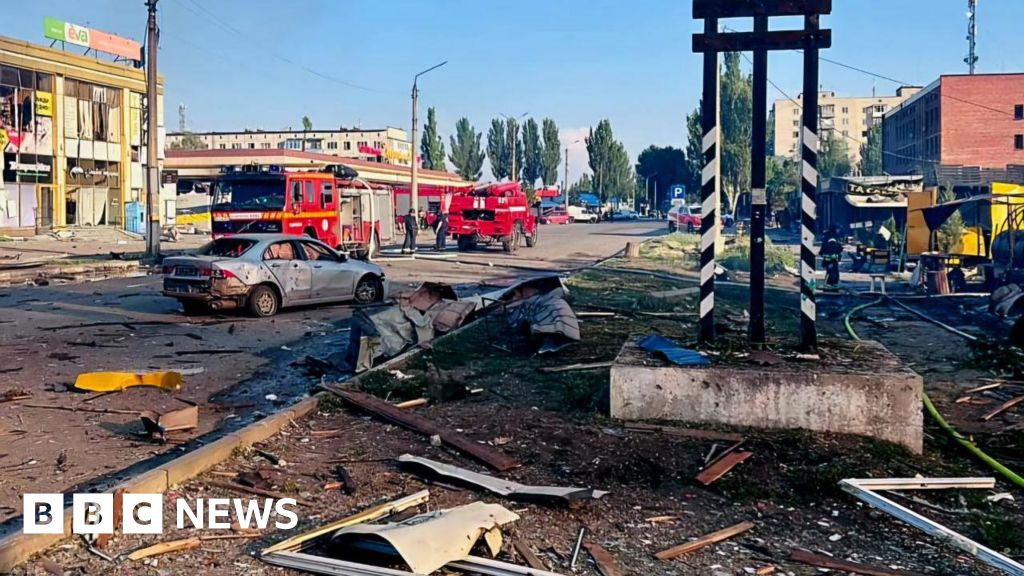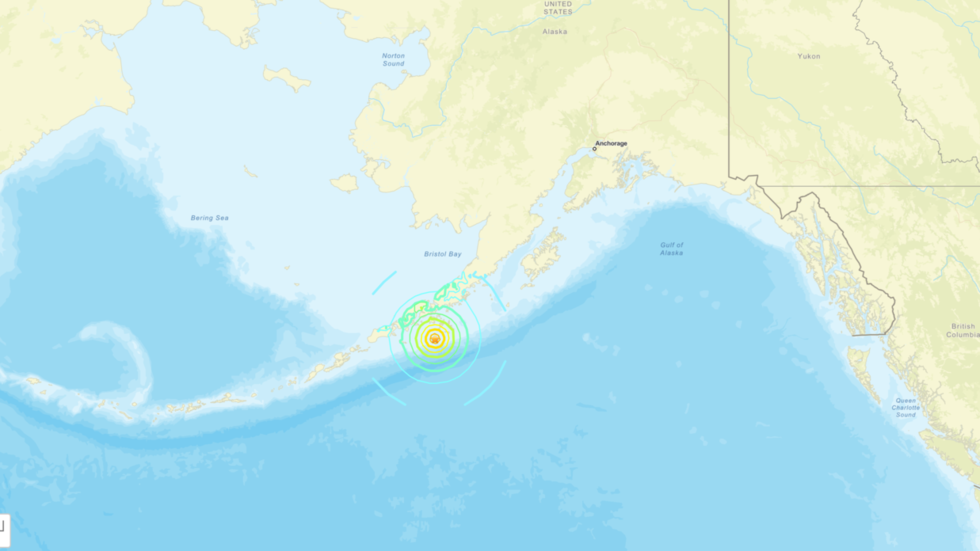OPINION -- The NATO summit taking place Tuesday and Wednesday of this week will focus on the proposal that each NATO member raise its overall defense spending to 5 percent of gross domestic product (GDP). This makes absolute sense because the security investments by America’s European allies, particularly its Western European allies, since the end of the Cold War have been apathetic. In stepping up to properly resource its defense establishments, Europe has to be sure to prioritize more than just planes, tanks, and ships — but also to invest in the military mobility of NATO forces as well.
At the summit, leaders of each NATO member state are expected to commit to eventually spending 3.5 percent of their GDP on traditional defense expenditures and another 1.5 percent on defense-related outlays. This defense-related spending is principally infrastructure protection and cybersecurity — and it is every bit as critical as the euros spent on weapon systems. This underappreciated component of defense spending is essential — moving troops and equipment efficiently over land, sea, and air is fundamental to NATO’s ability to project power and sustain forces to fight and win wars — and nothing moves if the trains do not run and the power does not work.
The Alliance’s authoritarian adversaries — particularly Russia and China — know that compromising critical infrastructure through cyber and physical attacks would impede the ability of the United States and its NATO allies to deploy, supply, and sustain military forces. This is why Chinese cyber operators, dubbed “Volt Typhoon,” have prepositioned destructive capabilities in energy, transportation, and communications systems to degrade America’s ability to respond to its aggression against Taiwan. This is why Moscow targeted satellite communication systems to degrade Kyiv’s command and control capabilities as Russian forces crossed Ukraine’s border.
In the United States, the Pentagon relies on commercially owned transportation networks to move soldiers, supplies, and military equipment. Private and municipally owned electricity, water, and telecommunications utilities supply American military bases. Across Europe, it is the same. NATO forces rely on critical infrastructure owned and operated by local governments and companies. Military readiness depends on asset owners spending resources to ensure reliable, secure infrastructure wherever NATO forces operate.
The Cipher Brief brings expert-level context to national and global security stories. It’s never been more important to understand what’s happening in the world. Upgrade your access to exclusive content by becoming a subscriber.
The difference between the United States and NATO is that while the Pentagon has identified the 18 commercially owned strategic seaports, the 70 civilian-owned airfields, and 40,000 miles of commercially owned rail lines it will need to move forces, there is less recognition and agreement within Europe about which transportation networks are most strategically significant. The Supreme Allied Commander Europe’s critical infrastructure priorities are actually straightforward: NATO must be assured that its ability to flow U.S., UK, and French forces into and through Europe is uninterrupted.
In the face of Russian and Chinese cyber threats, countries across Europe are now starting to rack and stack their cyber resilience investments based on their own assessments of what are the most systemically important entities — those critical infrastructures upon which their nation’s public health, economic prosperity, and national security rely. However, NATO needs its members to prioritize and invest 1.5 percent of GDP in the cyber and physical security of the assets NATO specifically needs — the rail lines that will move forces, the power generation facilities that serve its military bases, and the communications networks that ensure secure command and control. These two lists of infrastructures – individual member states and NATOs - are sometimes not the same.
Once properly prioritized, the 1.5 percent of GDP invested in critical infrastructures will enhance the ability of governments to provide rapid, actionable information about cyber threats so that operators can thwart attacks. But it is not just better information sharing and response actions. NATO members will also need to provide state funds to small and medium size owners and operators of infrastructure who cannot otherwise make needed, preventative cybersecurity upgrades. And NATO member states will have to identify devices — including routers, batteries, and optical displays — made by adversaries like China that could cause infrastructure disruptions, ripping them out of sensitive systems if uninterrupted operation cannot be guaranteed and banning their use moving forward.
Are you Subscribed to The Cipher Brief’s Digital Channel on YouTube? There is no better place to get clear perspectives from deeply experienced national security experts.
In parallel, the Alliance needs to continue prioritizing critical infrastructure disruption scenarios in tabletop exercises, field training exercises, and wargames so that NATO can identify investments that mitigate the impact of cyber and physical attacks on critical infrastructure. When it is operational, NATO’s forthcoming Integrated Cyber Defense Center can play a key role in both information sharing, strategic planning and asset prioritization.
For far too long, many NATO allies have ignored Russia’s rapaciousness, China’s authoritarianism, Iran’s terrorism, and North Korea’s bellicosity. They failed to invest in the alliance — or even their own defense — and warnings by successive Republican and Democratic presidents went unheeded. Fortunately, President Trump’s vocal complaints about lackluster European defense spending and Vladimir Putin’s violent military aggression against Ukraine have finally convinced NATO members to step up to the plate.
As member states undertake these significant plus ups in their security budgets, they must remember that airfields, ports, and railways across Europe are strategic military assets. So are pipelines, liquid natural gas terminals, and the power grid. This week’s Summit should serve as a reminder to NATO countries that if they do not invest in the physical and cyber security of these critical infrastructures, their forces might look ready, but only on paper.
Read more expert-driven national security insights, perspective and analysis in The Cipher Brief because National Security is Everyone’s Business.

 3 weeks ago
20
3 weeks ago
20










 English (US) ·
English (US) ·